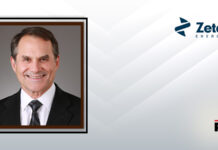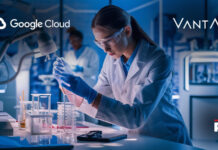Two sports medicine surgeons at Hospital for Special Surgery (HSS) in New York City are among the first in the nation to use an innovative new implant for the treatment of anterior cruciate ligament (ACL) tears, which was recently approved by the U.S. Food and Drug Administration.
Also Read: Amgen and NSG Biolabs Announce Golden Ticket to Boost Singapore’s Biotech Ecosystem
The BEAR Implant is the first innovation in ACL tear treatment in three decades. It represents a vast change from ACL reconstruction, the current standard of care treatment for ACL tears, by enabling the body to heal its own ACL.
“The shift from reconstruction to restoration is a significant development in ACL treatment,” said Sabrina M. Strickland, MD, sports medicine surgeon at HSS. “This novel treatment provides patients with an alternative option that can help them get back to what they love to do.”
Approximately 300,000 ACL tears occur each year, making it one of the most common knee injuries in the United States. As a result, ACL reconstruction is performed in people of all ages – from adolescents to middle-aged people.
The current standard of care involves the surgical removal of the torn ACL followed by reconstruction with either with an autograft (a healthy tendon from the patient) or an allograft (a tendon from a donor). An autograft requires two surgical sites since the surgeon needs to remove a healthy tendon from the knee or thigh in order to complete the reconstruction.
In contrast, the BEAR Implant acts as a bridge to help both ends of the torn ACL heal together. There is no need for a second surgical wound site to harvest healthy tendon. Instead, the surgeon injects a small amount of the patient’s own blood into the implant and through a tiny incision inserts the device between the torn ends of the ACL.
The novel combination of the implant and the patient’s blood enables the body to heal the torn ends of the ACL, while helping the surgeon avoid the need to alter the ACL’s native attachment to the femur and tibia. After approximately eight weeks, the BEAR® Implant is reabsorbed by the body.




